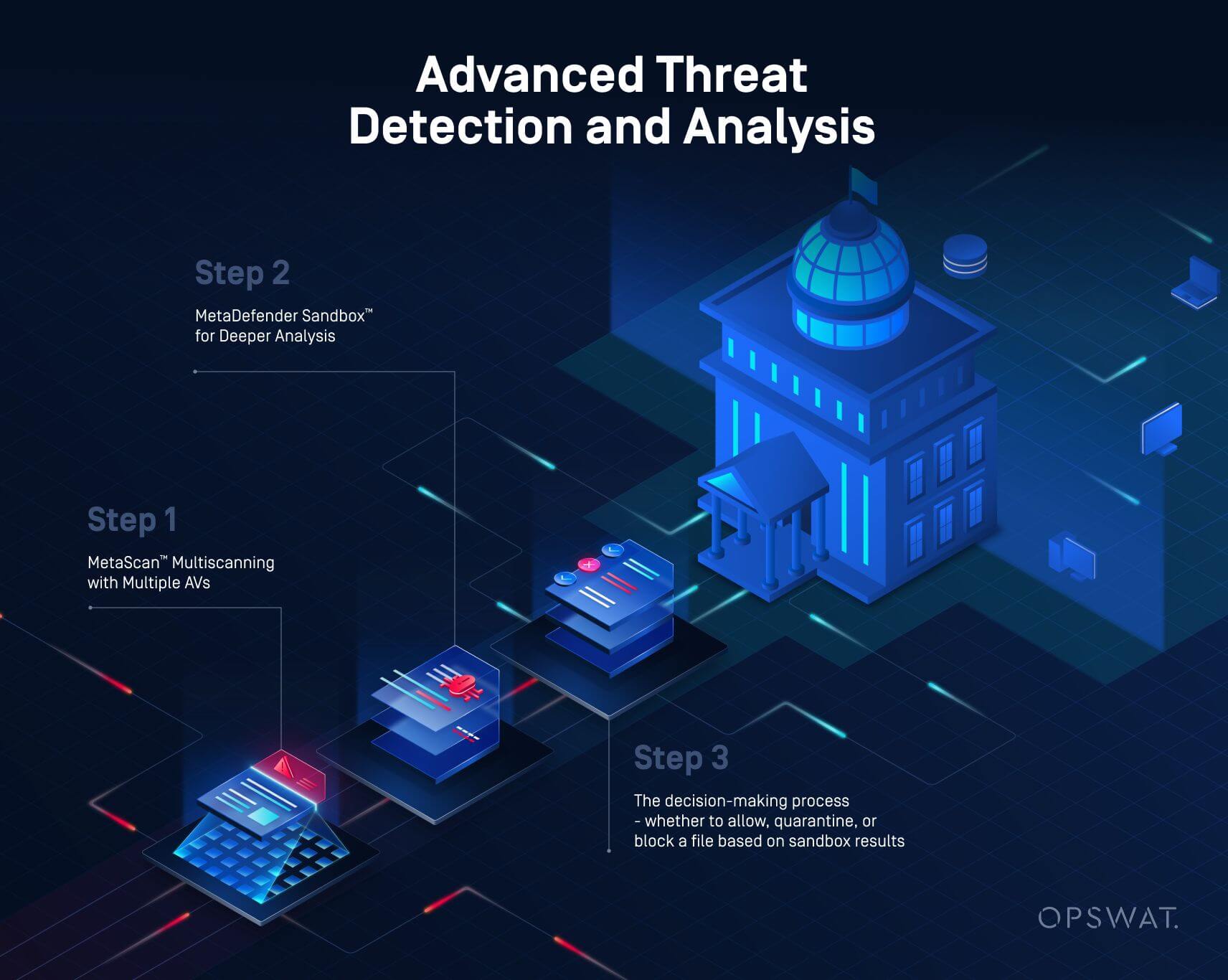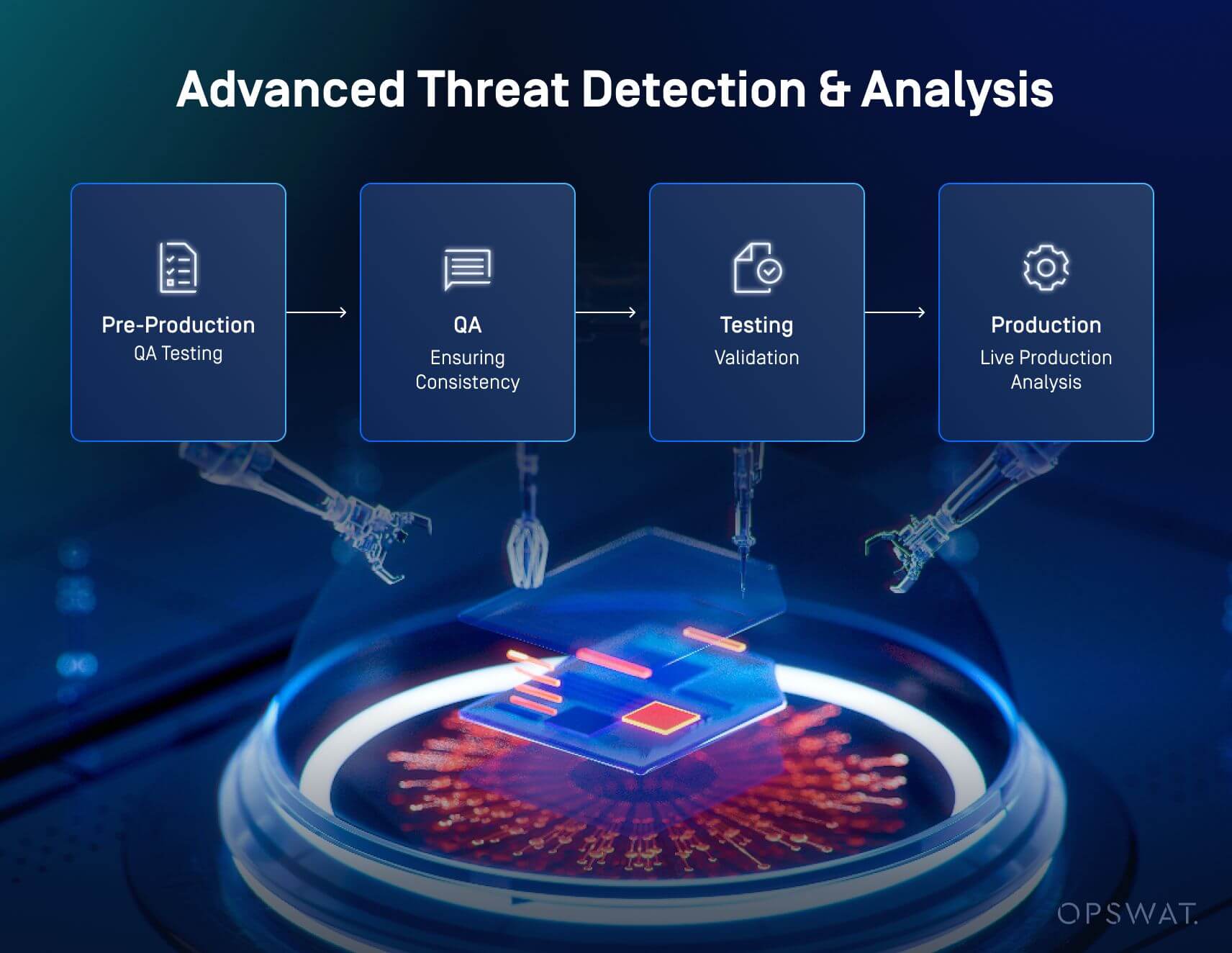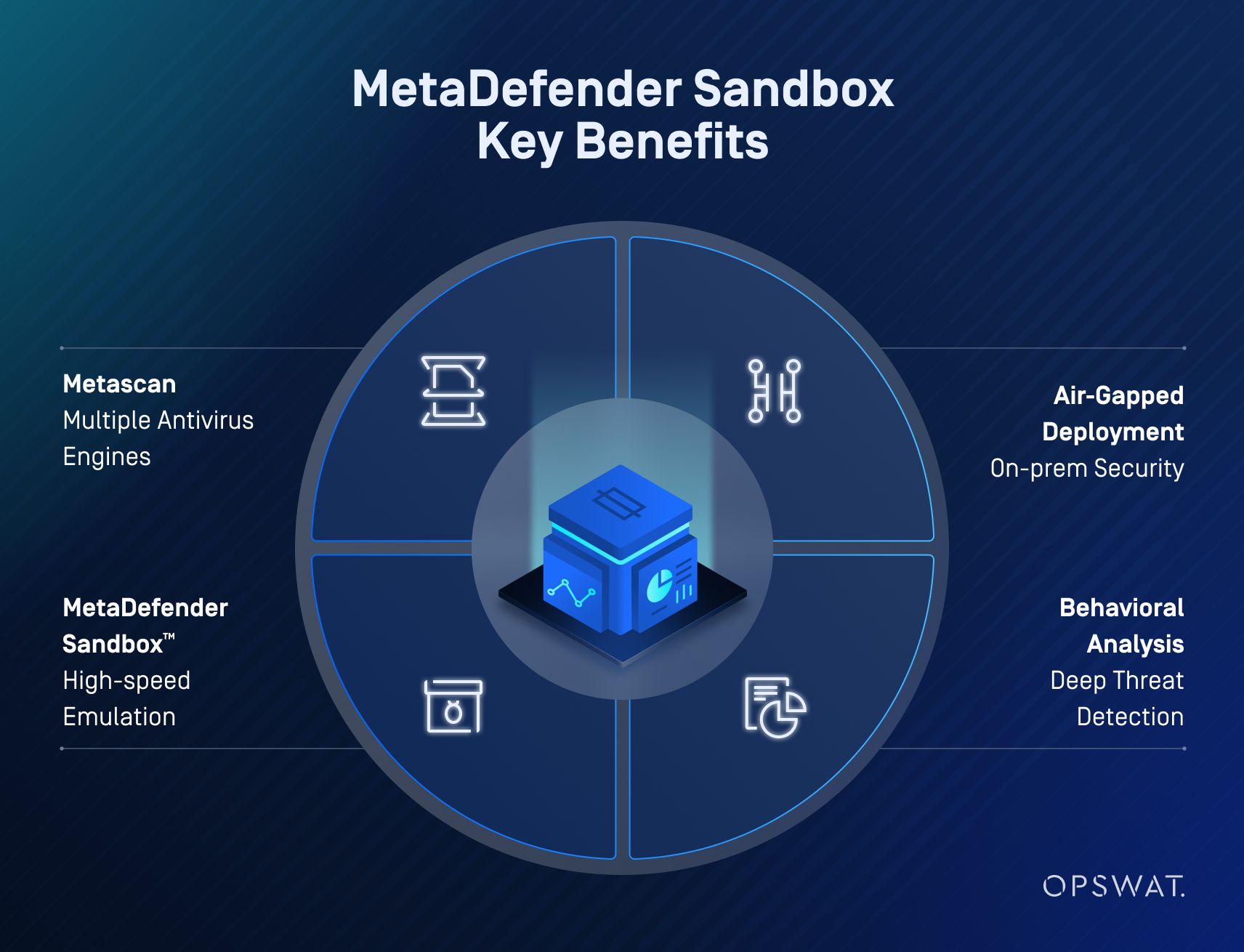Cyberattacks targeting financial institutions have surged, posing a growing risk to global stability. According to the International Monetary Fund, attacks on the finance and insurance sectors have more than doubled over the past decade, with potential maximum annual losses escalating from $300 million in 2017 to $2.2 billion today. As financial organizations remain prime targets, strengthening cybersecurity defenses is imperative for operational resilience and regulatory compliance.
Identifying Risks and Implementing Solutions
The bank’s previous antivirus solution relied on a single-engine approach, which limited its ability to detect and analyze advanced threats. As cyberattacks became more sophisticated, the institution sought a more comprehensive method to validate the security of incoming files. Additionally, its security team needed deeper insights into why certain files were flagged, as the previous system lacked the ability to provide detailed IoCs (Indicators of Compromise).
To address these challenges, the bank deployed OPSWAT’s Metascan Multiscanning technology with multiple antivirus engines. Furthermore, to differentiate real threats from false positives and gain a deeper behavioral analysis to validate suspicious files, the institution implemented OPSWAT’s MetaDefender Sandbox to triage suspicious files in a controlled environment.
The bank deployed MetaDefender Sandbox in a controlled, air-gapped environment which enabled the deep inspection of files by extracting embedded scripts and uncovering hidden payloads that may evade traditional detection methods.
By integrating the sandboxing solution within its existing infrastructure, the institution improved its ability to make informed decisions about whether to allow or block files, without introducing risks into critical systems.

Addressing Technical Challenges
Deploying advanced threat detection and analysis solutions in a high-security, air-gapped environment required careful integration with the bank’s infrastructure. Traditional sandboxing solutions often rely on cloud connectivity and can take minutes to analyze a single file, which was not an option for this institution whose operations are time sensitive.
OPSWAT’s MetaDefender Sandbox, in contrast, now provides verdicts in approximately 10 seconds, ensuring rapid threat detection without slowing down operations.
To ensure compatibility with its security framework, the bank:
- Implemented MetaDefender Sandbox as an embedded module, enabling emulation-based analysis in an air-gapped environment
- Integrated the solution with its custom file transfer system using NGINX and F5, ensuring fast and seamless deployment
- Used the sandbox solution to extract IoCs
The deployment included 25 instances of the solution distributed across four environments:
- Pre-Production: Mirrored with QA
- QA: Ensuring consistency with production
- Testing & Production: For validation before deployment
Several instances were dedicated to the production environment, mirroring QA for consistency. Other instances were allocated to both QA and production, ensuring consistency between testing and live operations. This approach strengthened the bank’s threat detection while ensuring strict security and regulatory compliance. Distributing 25 instances across four environments enabled thorough validation before production. Mirroring QA and production enhanced consistency, while the air-gapped sandbox provided an added layer of security.

Providing a Better Outcome
By combining Metascan Multiscanning and MetaDefender Sandbox, the bank enhanced its ability to detect, analyze and respond to potential threats. The integrated solution provided multiple layers of protection while maintaining efficiency within its security framework.
Key Benefits
Seamless integration within existing infrastructure ensured rapid deployment and minimal disruption to operations.
Multiscanning with multiple antivirus engines increased malware detection accuracy and reduced false positives.
Sandbox enabled emulation-based file inspection without exposing the bank’s environment to external threats.
The solution employs multiple detection methods, including static scanning, heuristic detection and high-speed emulation, to uncover even the most evasive threats.
Sandboxing provided deeper insights into flagged files, allowing security teams to make faster, more informed decisions.
This streamlined workflow minimized delays in processing time-sensitive and business-critical documents without compromising security.
MetaDefender Sandbox currently processes an average of 1,000 files per day per instance with an optimized resource footprint that allows scalability up to 5,000 files per day per instance without straining infrastructure.
The solution also strengthened the bank’s cybersecurity posture by ensuring all incoming files were thoroughly vetted before reaching internal systems. By integrating these technologies within its air-gapped environment, the institution maintains compliance with stringent security regulations while improving operational efficiency.

Advancing Security in Financial Operations
By deploying OPSWAT’s Metascan Multiscanning and MetaDefender Sandbox, the bank reinforced its cybersecurity framework without disrupting critical workflows. The seamless integration of these technologies enhanced threat detection, streamlined behavioral analysis, and ensured compliance with strict financial security regulations.
To identify and mitigate advanced cyberthreats, financial institutions must adopt advanced security solutions that provide deep visibility into file-based threats while maintaining operational efficiency. By leveraging adaptive emulation and automated emulation-based analysis, organizations can significantly reduce the risk of undetected malware and strengthen their security posture.
To learn how OPSWAT’s MetaDefender Sandbox can enhance your organization’s security posture, speak with an expert today.





